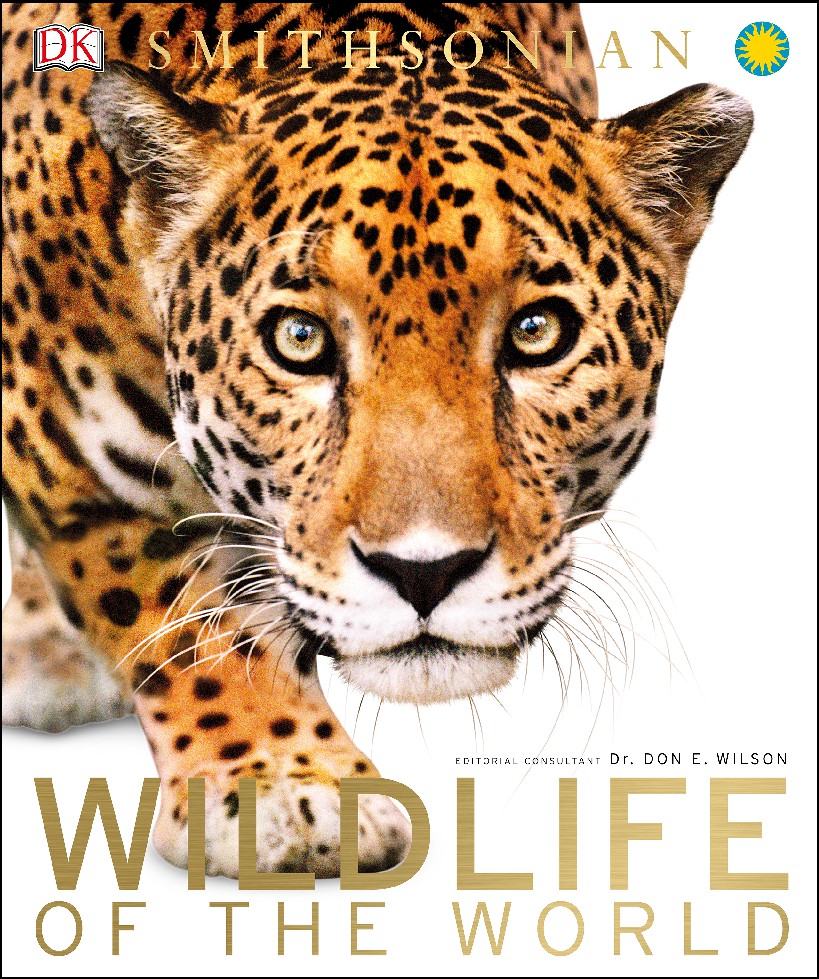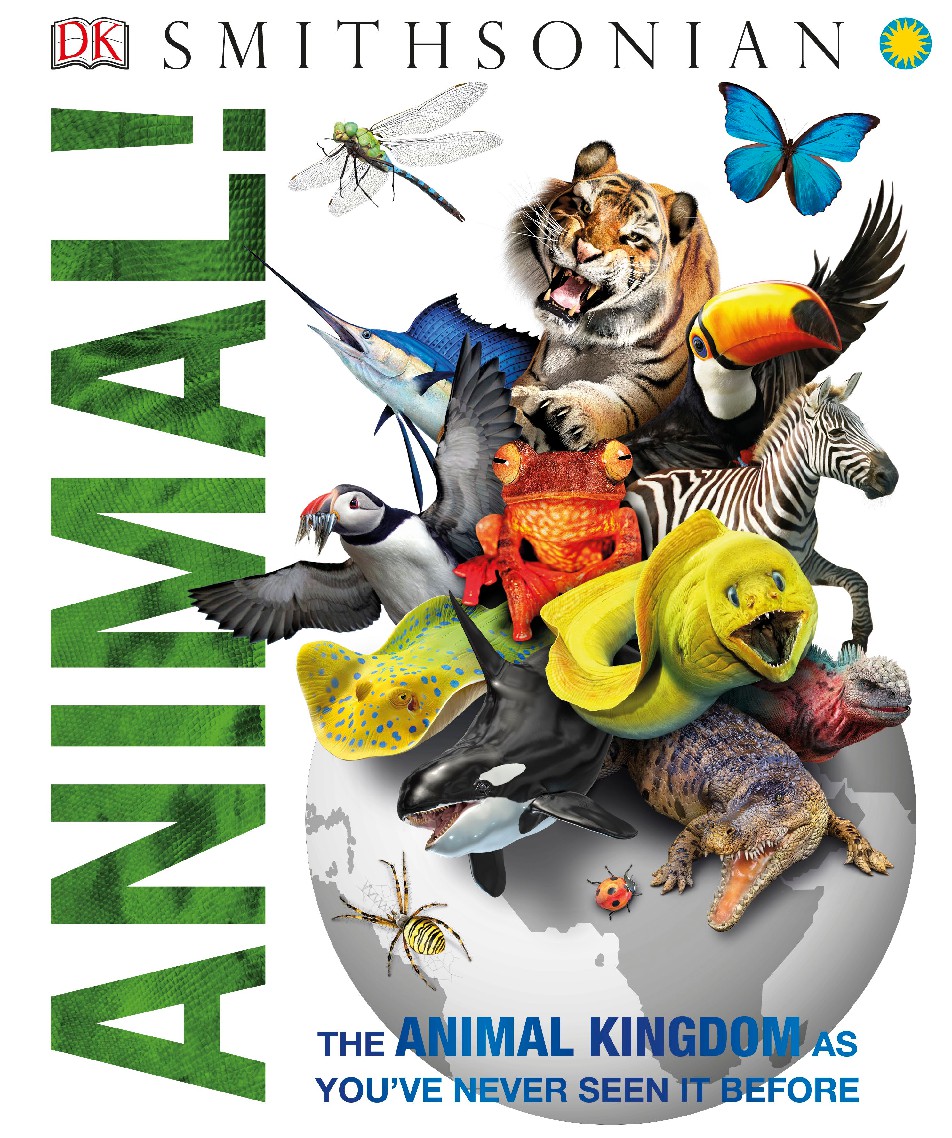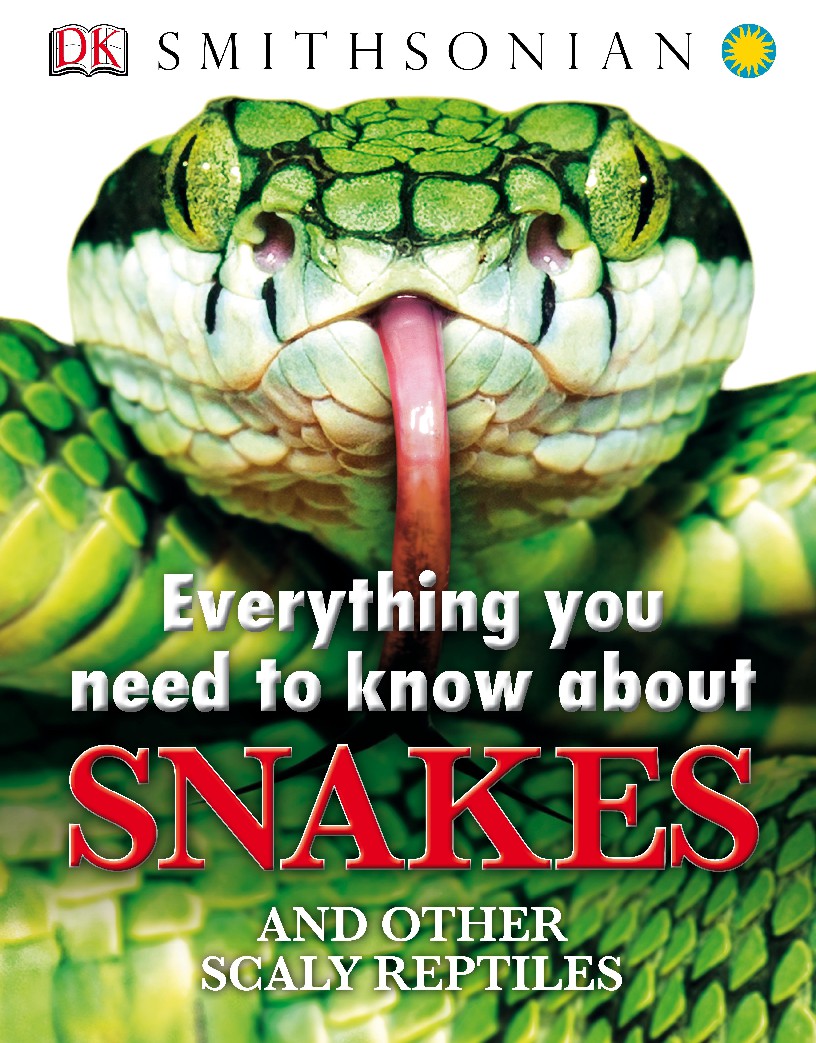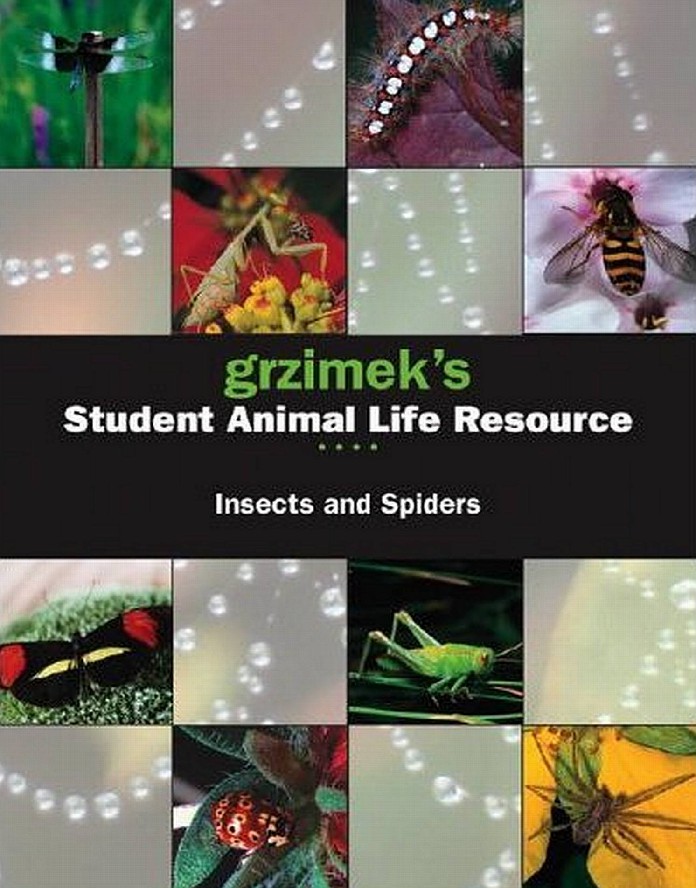Book Details
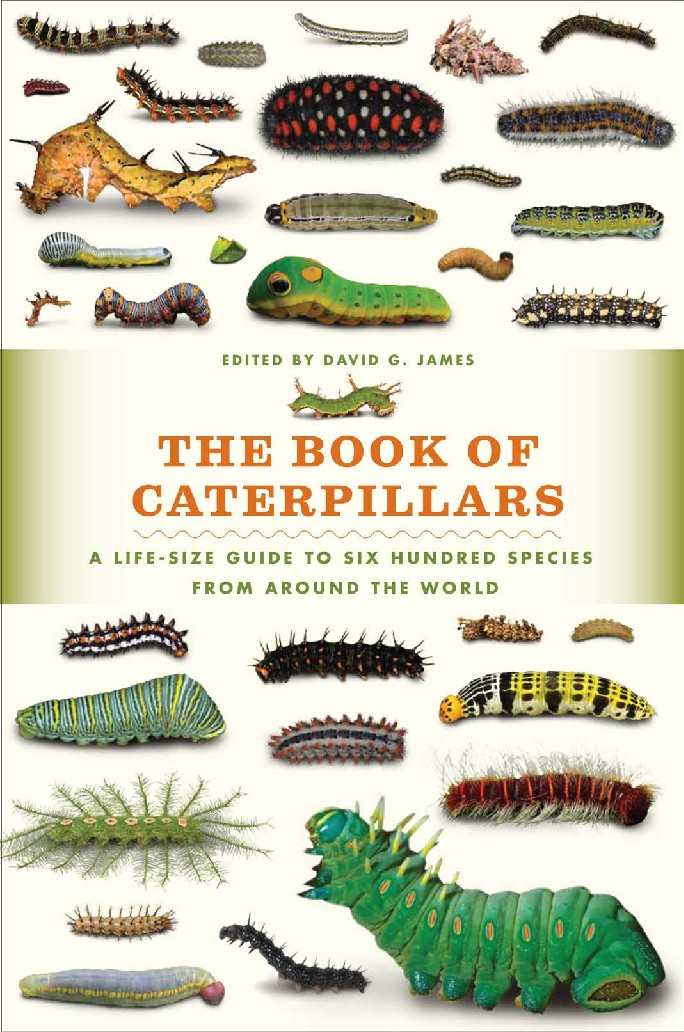
The Book of Caterpillars
The Book of Caterpillars A Life-size Guide to Six Hundred Species From Around the World
Caterpillars—the immature stage of moths and butterflies—are diverse
and remarkable, with an extraordinary range of survival techniques that
have helped make the Lepidoptera one of the most successful insect groups.
After beetles, it is the second largest order on the planet; at least 160,000
species have been identified and described,with thousands more
undescribed. Lepidoptera are also very widespread, occupying every
continent except Antarctica, in habitats ranging from rocky mountain
slopes to tropical rain forests, and from waste ground to woollen clothes.
Their ecological significance, too, is immense. As larvae, they are mostly
prodigious herbivores, hosts for parasitic flies and wasps, and potential
food for birds, reptiles, and mammals. As adults, they are vital pollinators.
Author: DAVID G. JAMES
Pages: 658
Issue By: eBook 707
Published: 3 years ago
Likes: 0

